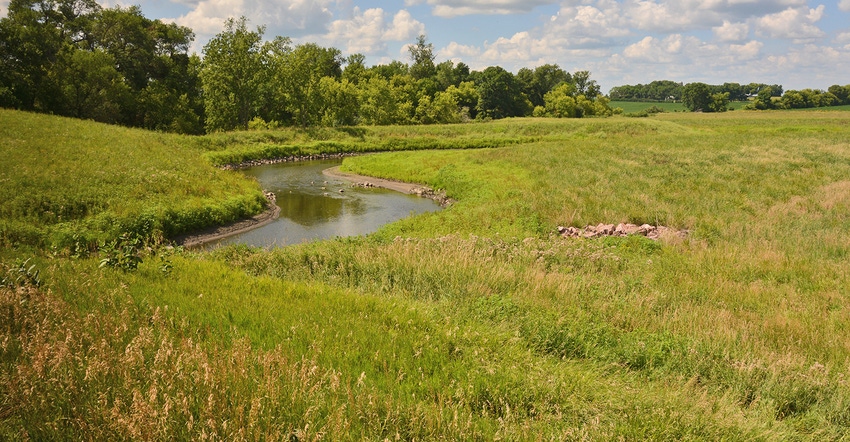
Support for buffer property tax credit was resurrected by the Minnesota Corn Growers Association last week.
MCGA sent a letter to candidates for governor and the Minnesota House of Representatives asking for their support of the proposed Buffer Property Tax Credit legislation introduced during the 2018 legislative session.
Corn growers say the proposed bill does not challenge the state buffer law. Rather, it addresses the unfairness of taxing farmland converted to buffers at a tax level that assumes those acres are still producing crops and revenue.
Farmers are asking for a $50-per-acre property tax credit for their acres that are compliant with the state’s buffer law.
“As we suffer through our fifth consecutive year of depressed farm income, it is vital this unfair tax burden is addressed by elected officials in 2019,” says Brian Thalmann, MCGA president, who farms near Plato.
Thalmann says farmers who have complied with the buffer law would have lost production on roughly 4 acres per mile along public drainage ditches and up to 12 acres per mile along public waters. Those numbers are based on the 16.5-foot buffer required along public ditches and up to 50 feet of buffer required along public waters.
Funding disagreement
The proposed buffer property tax legislation last session gained widespread support from lawmakers and Gov. Mark Dayton. The governor complimented the bipartisan proposal to support farmers and urged legislative leaders to approve the bill. However, the proposal eventually failed due to a disagreement on the funding source. The proposed bill said clean water funds should be used to pay for the property tax credits.
Some environmentalists and groups, such as the Friends of the Mississippi, disagreed. They maintained that using clean water funds for property tax relief was in violation of the Clean Water, Land and Legacy Amendment. They pointed out that the constitutional amendment says clean water funds must only be spent to protect, enhance and restore water quality in lakes, rivers and streams, and to protect groundwater. Using clean water funds for property tax credits would reduce funds for other restoration and protection programs, they argued, and they noted that tax credits in the past have been funded through the state’s general fund.
Dayton later clarified his position on the buffer property tax credit issue, saying he supported the use of general funds to pay for it, and that he would support any funding source that was constitutional.
Thalmann says that the current property tax credit proposal still lists the clean water funds as its funding source. “If buffers are used to improve the environment, why not use the money for this?” he asks.
In a joint letter sent to Dayton and lawmakers last May, MCGA and 14 other ag organizations promised that the buffer property tax credit would be an election issue this fall if it was not passed last session. Prior to the Nov. 6 midterm elections, MCGA is bringing the issue to the forefront again to gain candidate support.
In a news release, MCGA said its grower-leaders look forward to productive conversation with candidates in the coming weeks.
Concluded MCGA: “It is vital this legislation is passed during the 2019 legislative session, and MCGA will work tirelessly to bring this relief to Minnesota farmers.”
About the Author(s)
You May Also Like






